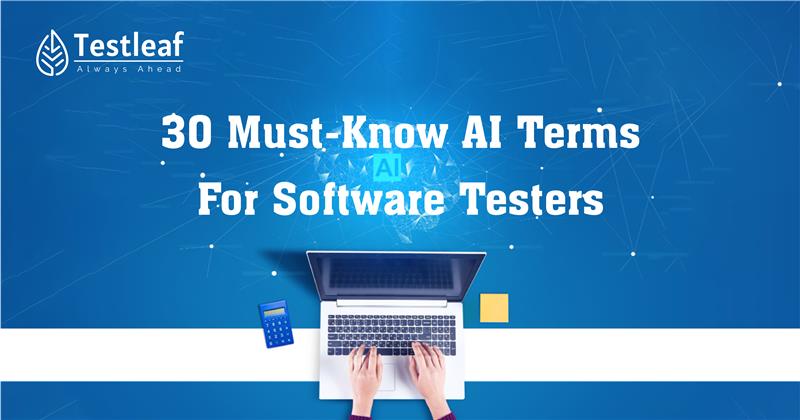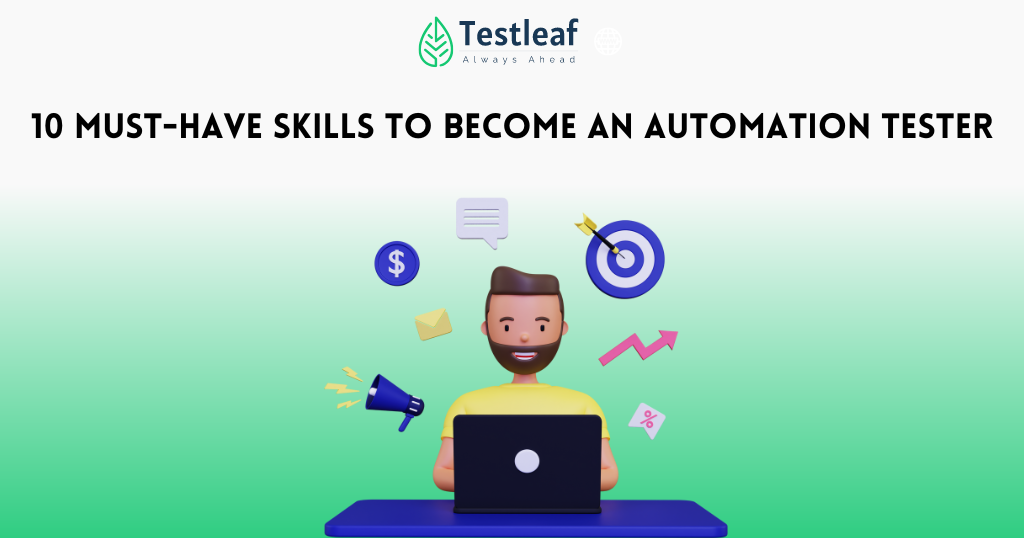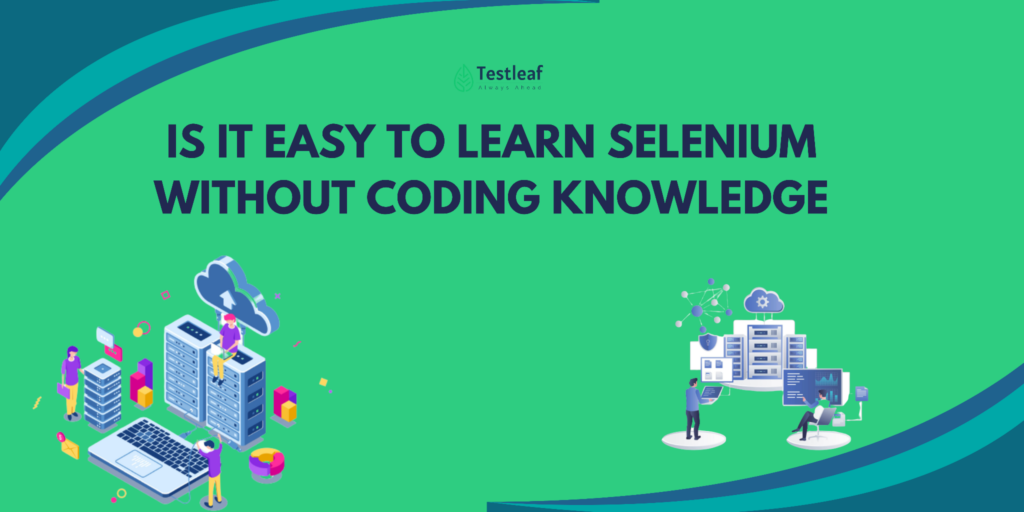Introduction
AI isn’t just a buzzword anymore—it’s a game-changer, especially in the software testing world. Whether you’re testing automation frameworks or QA systems, understanding the fundamentals of AI is like learning a new superpower.
Why AI Knowledge is Crucial for Software Testers
Think of AI as the ultimate multitasker. It can analyze patterns, predict outcomes, and even generate test cases automatically. As software gets more complex, testers need to be one step ahead—and AI helps make that possible.
How AI is Changing Software Testing
From smarter bug detection to predictive analytics, AI is reshaping how we approach quality assurance. If you’re still doing things the traditional way, you’re probably spending more time and getting fewer results. That’s why learning AI in software testing is no longer optional—it’s essential.
AI Fundamentals
1. Artificial Intelligence (AI)
AI refers to the simulation of human intelligence in machines. It enables systems to perform tasks like decision-making, language translation, and visual perception. These AI buzzwords in testing are becoming more common in test team discussions.
2. Machine Learning (ML)
ML is a subset of AI that allows systems to learn from data without being explicitly programmed. It’s widely used in testing to detect patterns or anomalies—making it one of the most common AI terms for software testers today.
3. Deep Learning
This is an advanced form of ML using neural networks with multiple layers. It’s particularly useful in image and speech recognition—critical for voice or visual-based applications.
4. Neural Networks
Inspired by the human brain, these consist of layers of nodes (neurons) that help in recognizing patterns and making predictions.
Core AI Techniques
5. Natural Language Processing (NLP)
NLP helps machines understand and interpret human language. It’s used in chatbots, speech recognition, and sentiment analysis—key components of modern AI testing tools that enhance automated testing coverage.
6. Computer Vision
This field enables machines to interpret and understand visual information like images or videos—vital for apps with camera integrations.
7. Reinforcement Learning
This involves training models based on reward and punishment. It’s like teaching a dog tricks—but with data.
8. Supervised Learning
In this method, the model learns using labeled data. It’s useful for tasks like classification and regression.
9. Unsupervised Learning
Here, the model finds patterns in unlabeled data. It’s often used for clustering or anomaly detection.
10. Semi-Supervised Learning
A mix of supervised and unsupervised learning, useful when you have a small amount of labeled data and a lot of unlabeled data.
Key Concepts in AI Models
11. Model Training
The process of teaching a model using input data and desired outputs. It’s like showing a child how to solve a math problem repeatedly.
12. Model Validation
Testing how well the model performs on new, unseen data to ensure it generalizes well.
13. Overfitting
This happens when a model learns too much from the training data—even the noise—which hurts its performance on new data.
14. Underfitting
The opposite of overfitting—when the model doesn’t learn enough and performs poorly even on training data.
15. Hyperparameters
Settings used to control the learning process—like adjusting the difficulty level in a video game to suit the player.
Data in AI Testing
16. Datasets
Collections of data used for training, validating, and testing models. In the future of AI in testing, dataset quality will play a significant role in improving test accuracy and automation capabilities.
17. Data Preprocessing
Cleaning and transforming raw data into a format suitable for modeling. Think of it as marinating ingredients before cooking.
18. Feature Engineering
Creating new input features from raw data to improve model performance.
19. Data Augmentation
Expanding the training data by making minor modifications to existing data—useful in image and voice recognition.
Testing AI Systems
20. Model Accuracy
Measures how often the model makes correct predictions. It’s the first checkpoint for a tester.
21. Precision and Recall
Precision is about correctness; recall is about completeness. Together, they give a better picture than accuracy alone.
22. Confusion Matrix
A table showing actual vs. predicted outcomes. It helps identify false positives and false negatives—terms that frequently pop up in AI buzzwords in testing documentation.
23. Bias and Fairness in AI
Bias occurs when the model unfairly favors one group over another. Ensuring fairness is critical for ethical AI.
24. Explainable AI (XAI)
This refers to AI systems that can explain their decisions in a human-understandable way—very important for trust and debugging.
Tools and Frameworks
25. TensorFlow
An open-source library by Google for building and training ML models. Most advanced AI testing tools like Testim or Mabl often integrate with TensorFlow in the backend.
26. PyTorch
A popular framework for deep learning, known for its flexibility and ease of use.
27. Keras
A high-level neural networks API, often used with TensorFlow. Great for beginners in AI.
Automation and AI
28. AI-Powered Test Automation
Tools that use AI to generate, maintain, and execute tests. These solutions are the future of AI in testing, drastically reducing human effort while increasing test coverage.
29. Intelligent Test Generation
Using ML algorithms to automatically create test cases based on user behavior or system logs. This is one of the leading AI buzzwords in testing today.
30. Robotic Process Automation (RPA)
RPA tools can automate repetitive business processes. When combined with AI, they become smarter and more efficient—integral to modern QA pipelines.
Conclusion
AI is not here to replace testers—it’s here to make them better. Knowing these 30 terms doesn’t just future-proof your career, it makes you a more strategic, valuable member of any QA team. Whether you’re building automated tests, evaluating model performance, exploring AI for software testing, or just keeping up with the industry—understanding AI is your ticket to staying relevant.
We Also Provide Training In:
- Advanced Selenium Training
- Playwright Training
- Gen AI Training
- AWS Training
- REST API Training
- Full Stack Training
- Appium Training
- DevOps Training
- JMeter Performance Training
Author’s Bio:

As CEO of TestLeaf, I’m dedicated to transforming software testing by empowering individuals with real-world skills and advanced technology. With 24+ years in software engineering, I lead our mission to shape local talent into global software professionals. Join us in redefining the future of test engineering and making a lasting impact in the tech world.
Babu Manickam
CEO – Testleaf









